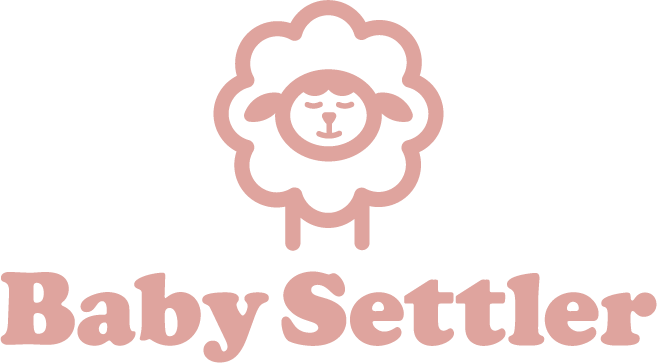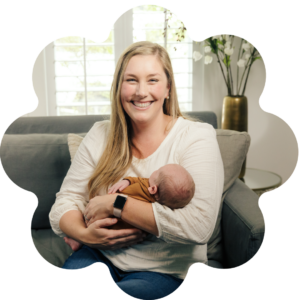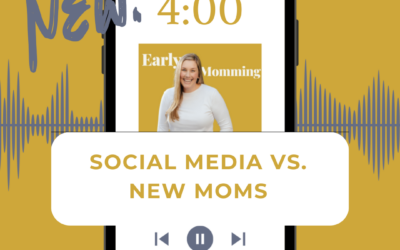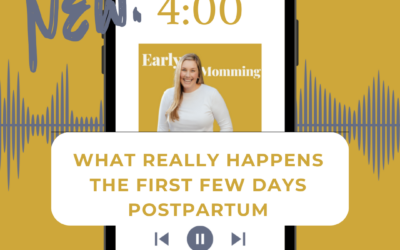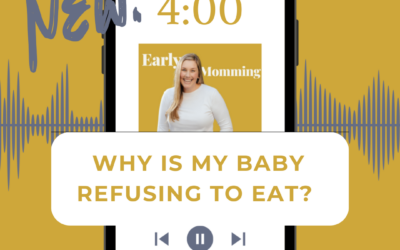
Do you want to begin bottle feeding your breastfed baby? Being able to switch between bottle and breast has many benefits, such as other people being able to feed your baby and you getting a bit more mobility. Plus, introducing a bottle to your baby is a must if you’re going back to work. The sooner you include a bottle into your baby’s routine, the better if you’re on maternity leave.
However, it’s not just about giving your baby a bottle. It’s essential to avoid nipple confusion and overfeeding when bottle feeding your baby. One of the best ways to do this is with paced bottle feeding.
What Is Paced Bottle Feeding?
The paced bottle feeding technique slows down the rate at which a baby drinks from a bottle in order to mimic the natural pace of breastfeeding. This gives a baby the opportunity to control how much they drink.
“Paced feeding lessens the flow of milk and allows for babies to take breaks in between sips. This more closely mimics the stop-start motion that infants use while breastfeeding, and it creates more opportunities for your baby to check in with her appetite while she drinks,” explains What To Expect.
There are many benefits to focusing on this infant-led feeding method.
What Are The Benefits Of Paced Bottle Feeding?
Whether you’re feeding your baby breast milk or formula, paced bottle feeding is the way to go. This is because it can help:
Prevent Nipple Confusion
Nipple confusion is when a baby cannot breastfeed successfully after feeding from a bottle. This is due to the fact that getting milk from a bottle is typically easier than from a breast. So, when a baby goes back to the breast, they can struggle to latch and get sufficient milk. As paced bottle feeding mimics breastfeeding, it reduces the chance that your little one will develop nipple confusion.
Tip: If you want to go back and forth between breastfeeding and bottle feeding, stick to newborn bottle nipples. This size of nipple mimics the experience of breastfeeding most accurately. However, if bottle feeding is taking longer than 30 minutes, that’s a cue to go up a bottle nipple size.
Reduce Reflux
Infant reflux happens when stomach contents move back up into the esophagus. Baby-led feeding techniques reduce this as the baby is able to take a break from sucking and stop altogether when they’re satisfied. Bottle feeding without the paced technique can result in a baby ingesting way more than they actually need as the milk consistently flows so they swallow by reflex.
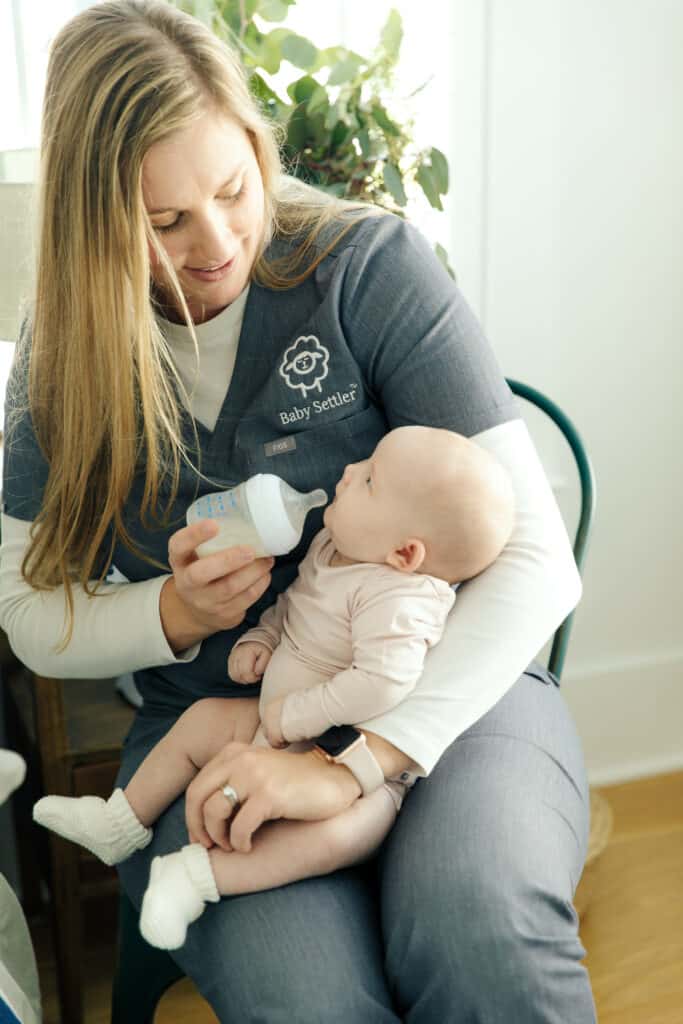
How Do You Practice Paced Bottle Feeding?
There are a couple of bottle feeding positions that are perfect for paced bottle feeding:
Side Lying Position
This is a great position for bottle feeding a newborn. With you sitting comfortably, lay your baby on their back across your lap and roll them to one side. Put nipple to nose before placing the bottle to their mouth.
Sitting Up Position
This is a good position for slightly older babies. Sit them on your lap facing you, positioning the bottle horizontally so that you’re still able to watch the flow rate.
When paced bottle feeding, the bottle nipple won’t be full of milk. You don’t have to worry about your baby sucking in air as most bottles have a venting system. These are the bottles and nipples that we recommend.
It’s important to burp your baby halfway through and after their feeding. When burping your baby over your shoulder, you want to make sure that their stomach is way up on your shoulder so that you’re putting pressure on their belly. Another burping position that is especially good for newborns is sitting them on your lap and leaning them over your hand. Just support their jaw with your fingers to protect their airway.
Paced bottle feeding means your baby is given the opportunity to pause when they want a break. Pay attention to your baby’s cues – when they pause, lower the bottle so that the milk doesn’t drip down the back of their throat.
Babies that are prone to reflux may not pause sucking themselves. After a few sucks you can help them by slowing the flow rate and tipping the bottle down to give them a chance to catch their breath.
Tip: If you’re bottle feeding a newborn, swaddle them (we love this swaddle). If their arms are flailing around, they can feel like they’re falling which can impact their sucking and swallowing. Swaddling them helps them feel more secure and can therefore help them establish a feeding rhythm.
For more of a visual learning experience, we go through paced bottle feeding techniques on the YouTube channel.
Practicing the paced bottle feeding technique is ideal for formula fed babies and when incorporating a bottle into your breastfed baby’s routine. Mimicking the natural breastfeeding pace and leaning into your baby’s natural rhythms encourages healthy digestion and reduces overfeeding which results in a happier and healthier baby!
